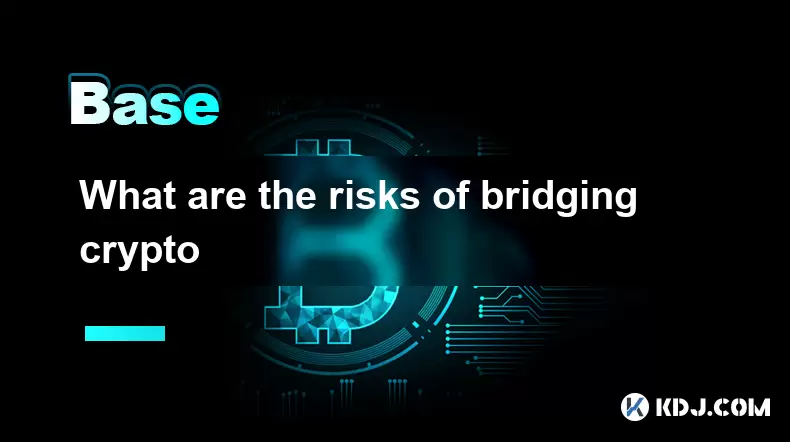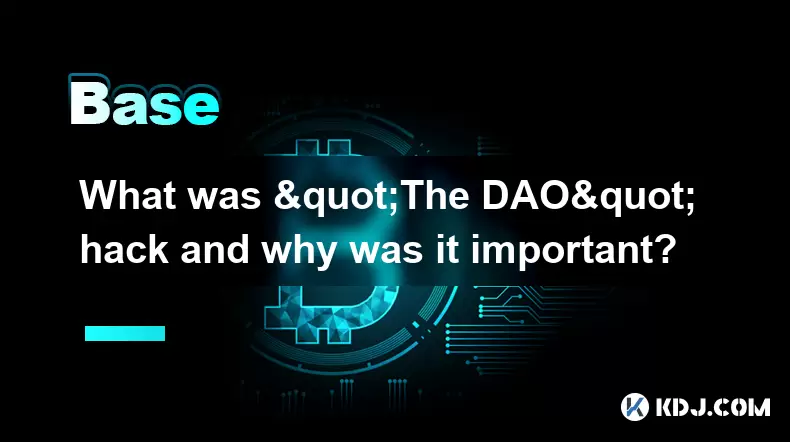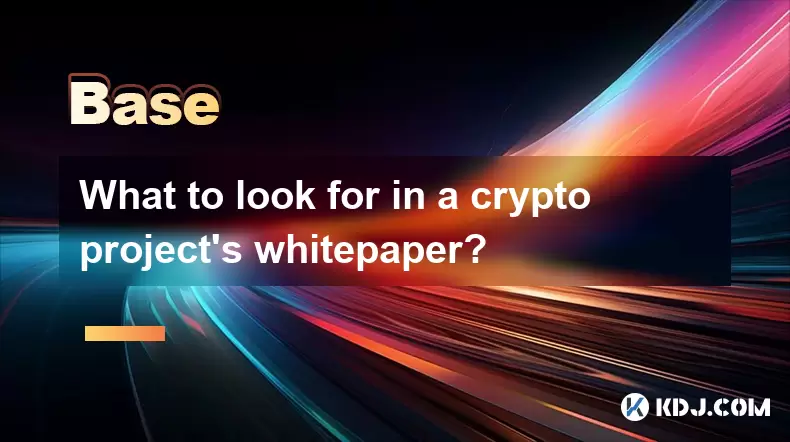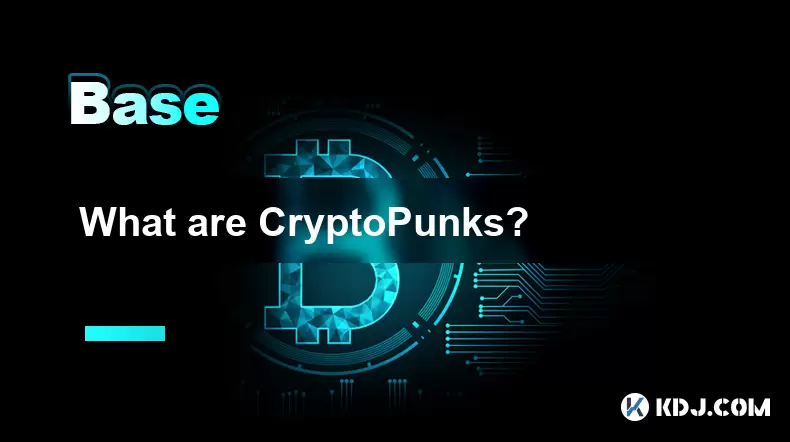-
 Bitcoin
Bitcoin $118200
0.49% -
 Ethereum
Ethereum $3580
0.33% -
 XRP
XRP $3.429
-0.49% -
 Tether USDt
Tether USDt $1.000
-0.05% -
 BNB
BNB $734.1
0.18% -
 Solana
Solana $177.7
0.26% -
 USDC
USDC $0.9999
-0.01% -
 Dogecoin
Dogecoin $0.2434
4.12% -
 TRON
TRON $0.3203
-1.58% -
 Cardano
Cardano $0.8334
1.59% -
 Hyperliquid
Hyperliquid $44.70
2.39% -
 Stellar
Stellar $0.4636
-1.10% -
 Sui
Sui $3.789
-0.43% -
 Chainlink
Chainlink $18.49
4.03% -
 Hedera
Hedera $0.2674
-0.08% -
 Avalanche
Avalanche $25.08
6.37% -
 Bitcoin Cash
Bitcoin Cash $520.4
1.12% -
 Shiba Inu
Shiba Inu $0.00001495
1.88% -
 Litecoin
Litecoin $112.5
9.34% -
 UNUS SED LEO
UNUS SED LEO $8.994
0.24% -
 Toncoin
Toncoin $3.209
-0.74% -
 Polkadot
Polkadot $4.393
2.95% -
 Uniswap
Uniswap $10.16
-0.07% -
 Monero
Monero $325.2
1.09% -
 Ethena USDe
Ethena USDe $1.001
0.00% -
 Bitget Token
Bitget Token $4.898
-1.03% -
 Pepe
Pepe $0.00001326
0.54% -
 Dai
Dai $1.000
0.02% -
 Aave
Aave $317.2
-0.43% -
 Cronos
Cronos $0.1214
0.07%
What are the risks of bridging crypto
Crypto bridging enables cross-chain asset transfers but carries risks like smart contract vulnerabilities, centralization, high fees, and regulatory uncertainty. Always verify a bridge's security audits, decentralization level, and compliance before use.
Jul 13, 2025 at 05:42 am

What is Crypto Bridging?
Crypto bridging refers to the process of transferring digital assets from one blockchain network to another. For example, moving Ethereum (ETH) tokens to a Layer 2 network like Arbitrum or Optimism, or converting Bitcoin (BTC) into a wrapped token on Ethereum (WBTC), involves using a bridge protocol. These bridges can be either trustless (decentralized) or trusted (centralized), depending on how they operate and who controls them.
The underlying mechanism usually involves locking the original asset on one chain and minting an equivalent token on the destination chain. When users want to return their funds, the reverse process occurs: the bridged token is burned, and the original asset is released.
Bridging allows for cross-chain interoperability, which is essential in a multi-chain ecosystem. However, this functionality also introduces several risks that users should understand before proceeding with such transactions.
Smart Contract Vulnerabilities
One of the most significant risks associated with crypto bridges is the potential for smart contract vulnerabilities. Most bridges rely heavily on smart contracts to lock, mint, and burn tokens across chains. If these contracts contain bugs or are poorly audited, attackers can exploit them to drain funds.
For instance, in early 2022, the Wormhole Bridge was hacked due to a flaw in its verification process, resulting in a loss of over $320 million worth of ETH. Similarly, the Axie Infinity Ronin Bridge hack exploited a multi-signature vulnerability, leading to a loss of around $625 million.
- Ensure that the bridge has undergone multiple audits by reputable firms
- Check if the smart contracts are open-source and publicly verifiable
- Review community feedback and incident history related to the bridge
Even well-audited bridges are not immune to exploits, as new attack vectors may emerge after deployment.
Centralization Risks in Trusted Bridges
Some bridges require a central authority or group of validators to approve cross-chain transfers. These trusted bridges introduce counterparty risk because users must place trust in the intermediary to act honestly and securely.
In such systems, if the validator nodes are compromised or collude maliciously, user funds could be at risk. Additionally, regulatory actions against centralized entities could result in sudden freezes or restrictions on withdrawals.
- Research whether the bridge uses a decentralized or centralized validation model
- Evaluate the reputation and transparency of the team behind the bridge
- Look for on-chain governance mechanisms that decentralize control
Users should carefully assess the level of trust required when choosing a bridge and consider alternatives if excessive reliance on third parties exists.
Slippage and High Transaction Costs
While not as catastrophic as hacks, slippage and high transaction fees can significantly impact the cost-effectiveness of using a crypto bridge. Slippage occurs when the price of the asset changes between the time the transaction is initiated and when it is executed, especially during periods of high volatility.
Additionally, gas fees on congested networks can make small transfers uneconomical. For example, bridging 1 ETH might incur $10 in gas fees, making the operation inefficient for smaller amounts.
- Use bridges that offer guaranteed exchange rates or low slippage execution
- Monitor network congestion and gas prices before initiating a transfer
- Consider batch processing features if available to reduce per-transaction costs
Understanding the financial implications beyond just the mechanics of the bridge is crucial for effective asset management.
Regulatory Uncertainty and Compliance Issues
Crypto bridges often operate across jurisdictions with varying legal frameworks. This creates regulatory uncertainty, especially concerning anti-money laundering (AML) and know-your-customer (KYC) compliance. Some governments have started scrutinizing cross-chain activities, raising concerns about potential legal consequences for users and service providers.
For example, certain jurisdictions may classify wrapped tokens or synthetic assets as securities, subjecting them to stricter regulations. Furthermore, OFAC sanctions have already targeted some decentralized protocols, indicating that future enforcement actions could affect bridge operators and users.
- Verify if the bridge complies with local laws and reporting requirements
- Understand the legal status of the bridged asset in your jurisdiction
- Avoid bridges that have been flagged by regulatory authorities
Given the evolving nature of cryptocurrency regulation, staying informed about legal developments is vital when using any bridge service.
Frequently Asked Questions (FAQ)
How do I verify if a bridge is secure?
To assess the security of a bridge, start by checking if the project has published its smart contract code on platforms like Etherscan. Look for third-party audit reports from reputable firms such as ChainSecurity, PeckShield, or Certik. Also, review the incident history and check forums like Reddit or Twitter for any reported exploits or issues.
Can I lose my funds permanently while bridging?
Yes, there is a possibility of permanent fund loss if the bridge suffers from exploits, rug pulls, or misconfigurations. Always ensure that you are using a well-established and trusted bridge, and never send large amounts without first testing with a small amount. Keep track of bridge announcements and updates through official channels.
Are all bridges permissionless?
No, not all bridges are permissionless. Some bridges require KYC verification or are only accessible to whitelisted addresses. Examples include certain institutional-grade bridges or those operating under regulatory constraints. Always confirm the access requirements before attempting to use a bridge.
What happens if a bridge stops supporting a particular asset?
If a bridge discontinues support for an asset, you may face difficulties in redeeming or returning your funds. This situation could arise due to technical upgrades, regulatory pressure, or lack of demand. Before bridging, check if the platform offers long-term support guarantees or has a clear communication policy regarding asset deprecation.
Disclaimer:info@kdj.com
The information provided is not trading advice. kdj.com does not assume any responsibility for any investments made based on the information provided in this article. Cryptocurrencies are highly volatile and it is highly recommended that you invest with caution after thorough research!
If you believe that the content used on this website infringes your copyright, please contact us immediately (info@kdj.com) and we will delete it promptly.
- Tinubu, the North, and Appointments: Too Little, Too Late?
- 2025-07-20 03:20:15
- Stellar Blade Hacked: When Crypto Scams Target Your Favorite Games
- 2025-07-20 03:50:12
- MoonBull, Doginme, and Meme Coins: What's the Buzz in 2025?
- 2025-07-20 03:50:12
- Dogecoin's Wild Ride: Price Forecast & the Utility Sector Buzz
- 2025-07-20 03:55:12
- Tinubu's Appointments: A Northern Perspective
- 2025-07-20 03:55:12
- Tinubu's Northern Appointments: A Cynical Ploy or Genuine Inclusion?
- 2025-07-20 04:00:12
Related knowledge

What is the Inter-Blockchain Communication Protocol (IBC)?
Jul 19,2025 at 10:43am
Understanding the Inter-Blockchain Communication Protocol (IBC)The Inter-Blockchain Communication Protocol (IBC) is a cross-chain communication protoc...

How does sharding improve scalability?
Jul 20,2025 at 01:21am
Understanding Sharding in BlockchainSharding is a database partitioning technique that is increasingly being adopted in blockchain technology to enhan...

What is the "crypto trilemma" of scalability, security, and decentralization?
Jul 19,2025 at 06:28pm
Understanding the Concept of the Crypto TrilemmaThe crypto trilemma refers to the challenge of simultaneously achieving scalability, security, and dec...

What was "The DAO" hack and why was it important?
Jul 19,2025 at 09:08pm
Background of 'The DAO''The DAO' (Decentralized Autonomous Organization) was a venture capital fund built on the Ethereum blockchain, launched in Apri...

What to look for in a crypto project's whitepaper?
Jul 19,2025 at 01:42pm
Understanding the Purpose of a WhitepaperA whitepaper is a foundational document for any cryptocurrency project, often serving as the first point of c...

What are CryptoPunks?
Jul 19,2025 at 08:28am
Understanding the Basics of Bitcoin MiningBitcoin mining is the process through which new Bitcoin is introduced into circulation and transactions are ...

What is the Inter-Blockchain Communication Protocol (IBC)?
Jul 19,2025 at 10:43am
Understanding the Inter-Blockchain Communication Protocol (IBC)The Inter-Blockchain Communication Protocol (IBC) is a cross-chain communication protoc...

How does sharding improve scalability?
Jul 20,2025 at 01:21am
Understanding Sharding in BlockchainSharding is a database partitioning technique that is increasingly being adopted in blockchain technology to enhan...

What is the "crypto trilemma" of scalability, security, and decentralization?
Jul 19,2025 at 06:28pm
Understanding the Concept of the Crypto TrilemmaThe crypto trilemma refers to the challenge of simultaneously achieving scalability, security, and dec...

What was "The DAO" hack and why was it important?
Jul 19,2025 at 09:08pm
Background of 'The DAO''The DAO' (Decentralized Autonomous Organization) was a venture capital fund built on the Ethereum blockchain, launched in Apri...

What to look for in a crypto project's whitepaper?
Jul 19,2025 at 01:42pm
Understanding the Purpose of a WhitepaperA whitepaper is a foundational document for any cryptocurrency project, often serving as the first point of c...

What are CryptoPunks?
Jul 19,2025 at 08:28am
Understanding the Basics of Bitcoin MiningBitcoin mining is the process through which new Bitcoin is introduced into circulation and transactions are ...
See all articles

























































































